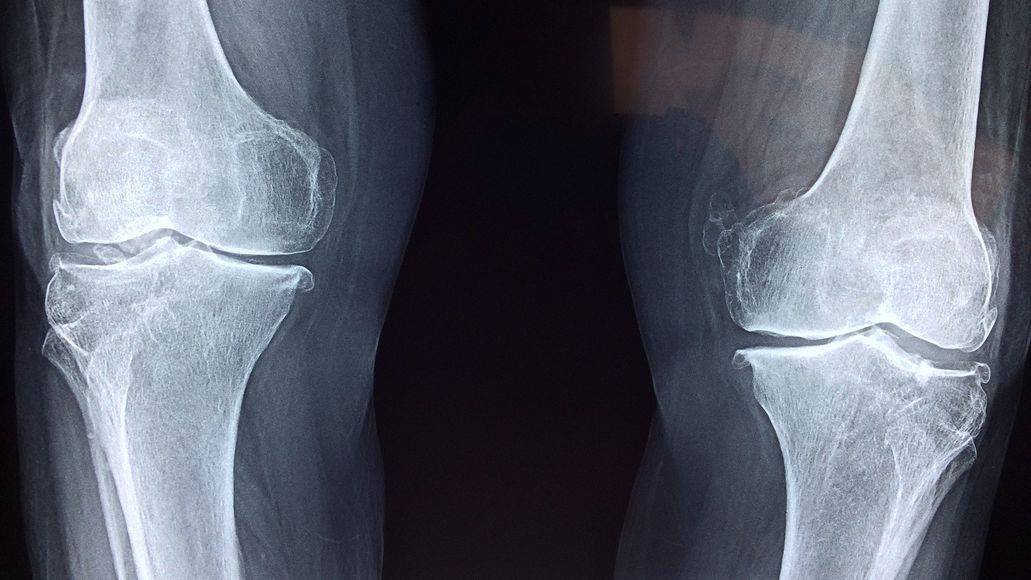 Do a quick scan of popular bodybuilding and strength forums and this question pops up a lot.
Do a quick scan of popular bodybuilding and strength forums and this question pops up a lot.
A big reason so many people ask is that it doesn’t have a black and white, straight-forward answer.
There are different factors (which we will discuss later) you need to consider, if you are thinking about doing some running after your leg days.
By the end of this article, you will be able to make your own decision based on the information and suggestions included.
Before talking about recommendations, you need to understand some of the possible effects and outcomes that running after leg day could have on your training.
How Running After Leg Day Affects Training
Running is one of the most effective and preferred exercises to achieve different fitness objectives.
You can do it outdoors for a different environment each time, not to mention to get your dose of vitamin D.
If the weather does not permit it or if you simply prefer not to go outside, you can just hop on a treadmill and stride away. You can check out the best budget treadmills here.
However, is it a good idea to go on with your running routine after a particularly taxing leg day?
Whether positive or negative, it’s good to know how running after leg day can really impact your overall training and goals.
1. Improved Recovery

Getting your legs moving after a hard leg workout can help improve your recovery and reduce some of the soreness you may experience. The main reason for this is that running will increase blood flow to the muscles and tissues that were stressed during your leg workout.
Increasing blood flow to the area will supply the muscles with more of the nutrients that they need in order to repair themselves. It will also help to flush out the waste products that build up in the muscles as a result of training them.
Some researchers attribute the feeling of post-exercise muscle soreness to those waste products. So, flushing them out more quickly could cut your recovery times down and allow you to train your legs sooner.
2. Helps In Fat Loss
In order to achieve fat loss, your body needs to be burning more calories than it is ingesting.
There are two ways to make this happen: decrease intake by eating less or increase calorie burn being more active.
For most healthy individuals, a combination of both methods is the most effective approach. Therefore, additional activity in the form of running can be a great way of burning extra calories.
Certain experts might even argue that running immediately after a hard resistance workout can increase the usage of fat for fuel since your body has already used its glucose stores during the weight training.

3. Keeps You Healthy
There is really no arguing that extended periods of aerobic activity can be used to keep your heart and lungs healthy.
The general weekly guidelines dictate that an adult should try to get at least 150 minutes of moderate aerobic activity, like fast walking, or 75 minutes of vigorous activity, like running or sport. You can also do a mix of the different types.
Reaching these suggested amounts is enough to improve your general health and lower the risk of many diseases.
4. Impedes Recovery
As you know by now, running after leg day certainly can help to improve the recovery of your muscles. However, it can also do the exact opposite if the intensity of your running is not monitored.
After working your legs, your body will be trying to repair the tissues for the next 24-48 hours. If you go for a particularly hard run during this recovery period, your body then needs to recover from the run as well as your leg day training.
Increasing the recovery demands on your body too much could lead to under-recovery, which might cause your training progress to stall or even regress.
5. Increased Injury Risk

This one is somewhat tied to the point above since it has some reliance on your recovery. After a leg day, you will probably be feeling sore and some muscles will be feeling tight and tired.
Running on tight muscles is never a good idea; muscle strains,
pulls or even tears have an increased chance of occurring if you a running with tight muscles.
Generally, this tightness will present itself they day after a leg day so you may feel that you can run directly following your leg workout. This brings about the problem of running on tired muscles, which is also going to increase the likelihood of an injury.
6. Potentially hinders muscle gain
This is pretty much the opposite to the earlier benefit of increasing fat loss. While fat loss requires more calories to be burned than ingested, muscle gain requires the reverse.
If you are going to gain any muscle, your body needs enough energy to build it. The problem with doing extra running after your leg day is that you are burning more calories; calories your body could have used for muscle repair and growth.
By adding in too much running after your leg day, you may actually be limiting your leg muscle growth by robbing your legs of their muscle-building fuel.
Making Sense Of It All
After reading that very mixed list of benefits and drawbacks, you may be feeling even more confused than ever about whether or not you should be running after leg day.
Fear not, you can actually use the list above and manipulate your running to gain the potential advantages without the disadvantages.
The first thing you need to do is to keep a close eye on your running intensity.
Going too hard after a leg workout is usually not a wise move. By pushing your running too much, you are only going to impede recovery and increase the chances of injuring yourself.
You can still gain the recovery benefits and other health advantages by performing a gentle run instead.

The main takeaway here is that your harder running should be saved for different days. Wait for your legs to recover from your leg day before running hard again.
Running after leg day should generally be kept to an easier pace.
The final piece of advice is to adjust your calorie intake based upon your goal.
If you wish to gain muscle but still want to run for the health and recovery benefits, make sure your calorie intake is adjusted to account for the running.
On the other hand, for weight loss, extra running can be a great tool. But you must keep the intensity in check if you are performing it after your leg days.
To sum it all up very briefly, running after leg day can be a great tool for recovery and fat loss but it is best to keep the intensity on the lower side to avoid impeding recovery and increasing injury risk. Save your harder running sessions for days when your legs aren’t tired or sore.
Leave a Reply